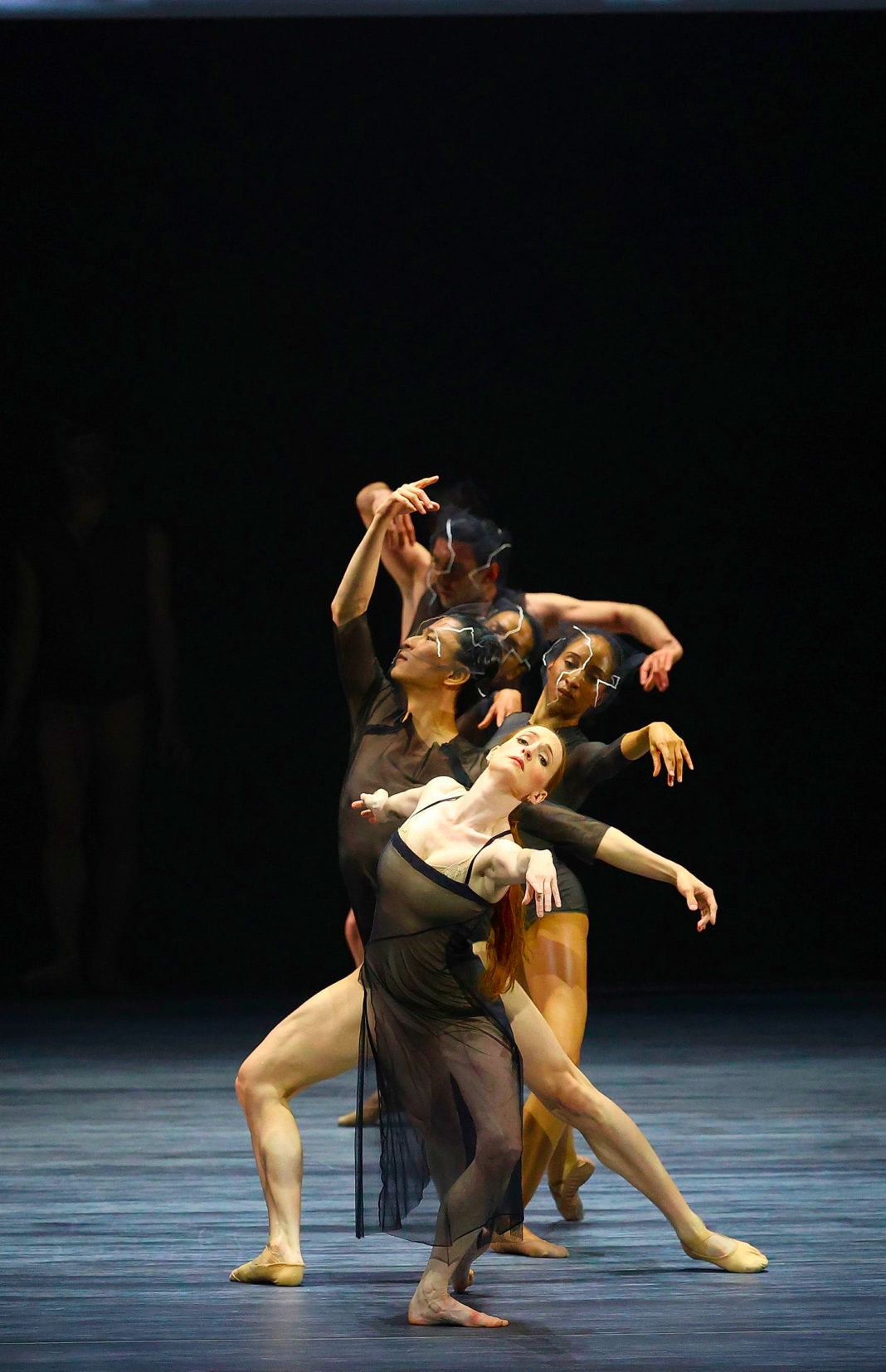A Prima Ballerina’s Final Act
It was an early summer afternoon. I found myself in a spacious dance studio situated beneath the Metropolitan Opera House in New York City. The atmosphere differed significantly from the opulence above; however, as any dancer understands, this is where the actual work takes place—a process that is both technically demanding and emotionally charged, solitary yet collaborative.
My purpose was to observe Gillian Murphy. She is American Ballet Theatre’s longest-serving principal dancer. This month marked her retirement after an exceptional 29-year tenure with the company. She was preparing for her final performance as Odette-Odile in Swan Lake—a ballet renowned for its technical complexity and emotional depth—despite her originally scheduled partner suffering a recent injury.
ABT made an unexpected decision: Michael Dé La Nuez, a 25-year-old corps de ballet member with no prior experience in a full-length principal role, would replace him. He had less than a month to prepare for a part that typically requires six months of rehearsal, facing a pivotal opportunity.
Murphy, clad in a vibrant floral leotard and her long, copper hair neatly styled, demonstrated her experience and intuitive understanding. Recognizing Dé La Nuez’s apprehension, she gently encouraged him to relax. She advised him to trust his instincts and embrace the experience as a journey of discovery.
Later, in an email, Dé La Nuez described Murphy’s consistent support during intensive rehearsals. He emphasized the importance of intuition, which Murphy continually highlighted. He recounted her reassuring words, reminding him that perfection is rare and adaptability is key.
Murphy’s artistry transcends mere technical skill; her emotional intelligence and expressive depth are defining traits. She doesn’t simply perform a role; she fully embodies it, transforming movement into meaningful expression through the subtlest of gestures. In a genre often characterized by abstraction and tradition, Murphy makes the unspoken readily understandable.
During ABT’s 2025 summer season, which commenced on June 10th and concluded on July 19th at the Met, Murphy performed a remarkable array of roles: the lead in Giselle, the dual role of Odette-Odile in Swan Lake, and a significant part in Woolf Works, a contemporary ballet based on Virginia Woolf’s novels.
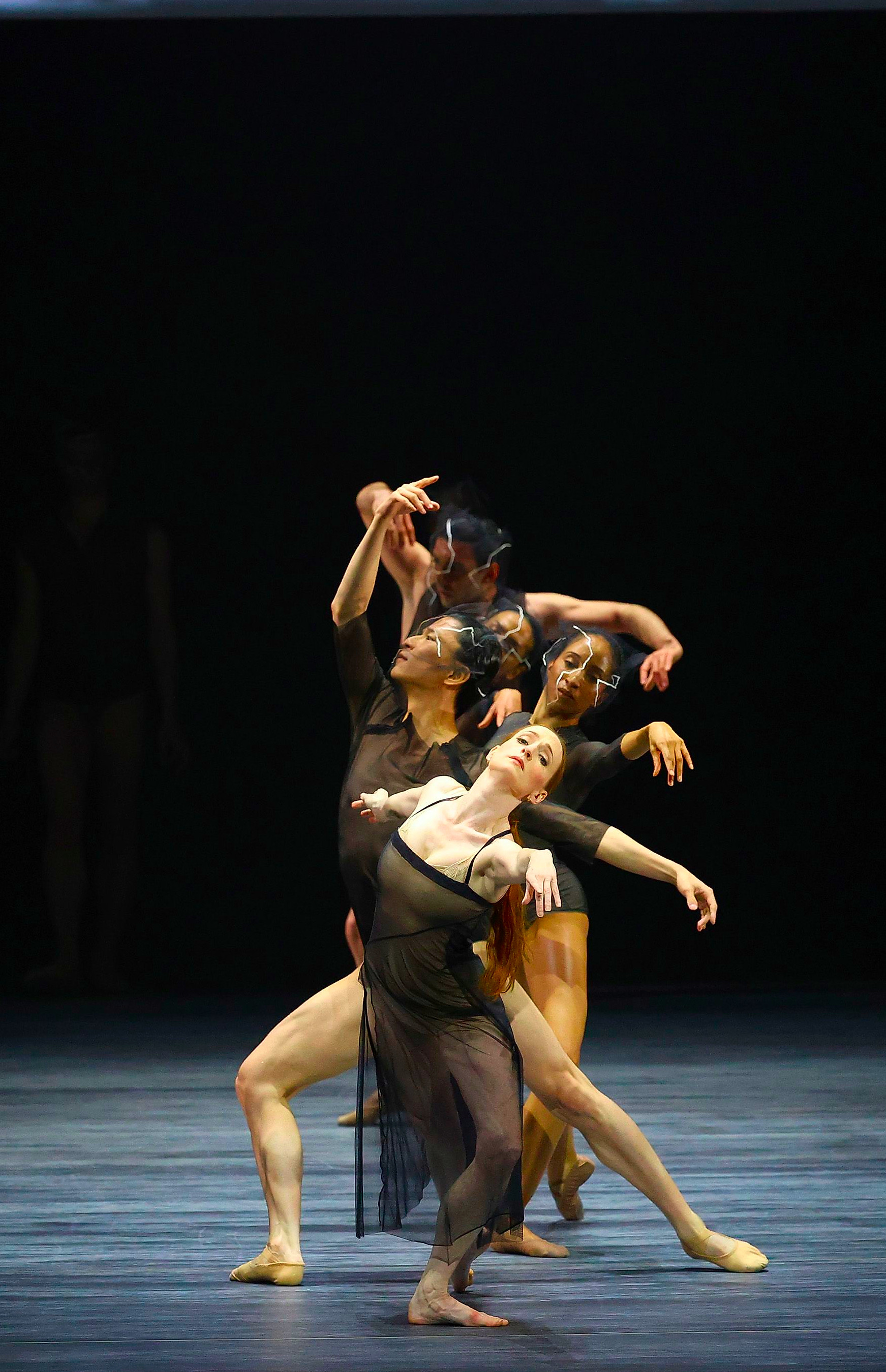
Susan Jaffe, a former ABT principal dancer and now the company’s artistic director, described Murphy as a powerful and multifaceted artist whose technique and emotional depth combine seamlessly.
Born in England and raised in Florence, South Carolina, Murphy began ballet lessons at age three. At just ten, she started advanced training, commuting considerable distances. At 14, she relocated to the North Carolina School of the Arts, immersing herself in a community of aspiring artists.
There, she met Melissa Hayden, a former principal dancer who became a significant mentor. Hayden’s influence led Murphy to compete in the Prix de Lausanne at 15, winning the top prize and forging a lifelong friendship with fellow dancer Stella Abrera.
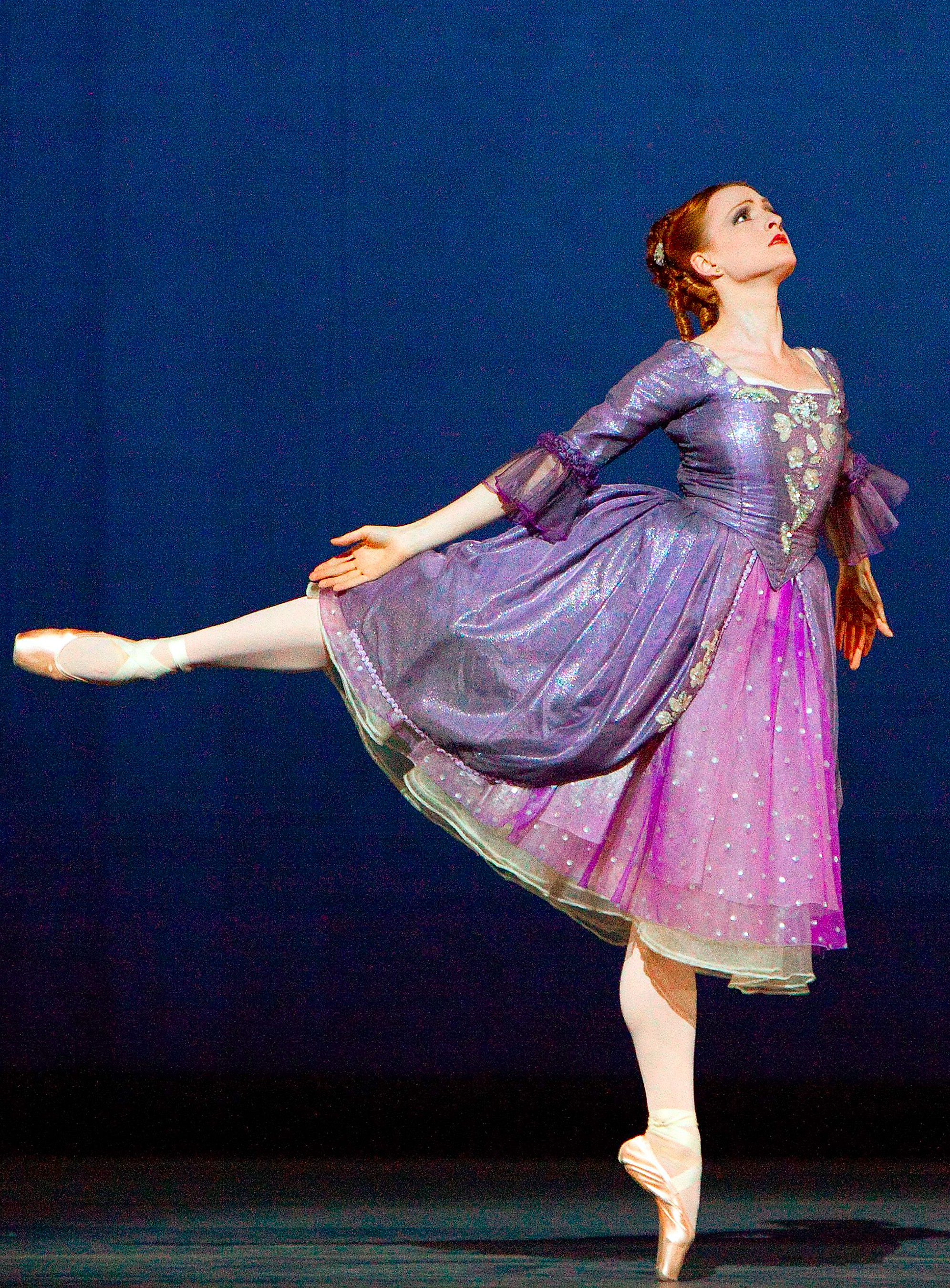
A visit from ABT’s ballet mistress prompted a pivotal audition. Murphy secured a contract and joined the company, fulfilling a long-held dream. She prioritized completing high school before beginning her ABT career, ultimately joining in 1996 and embarking on international tours.
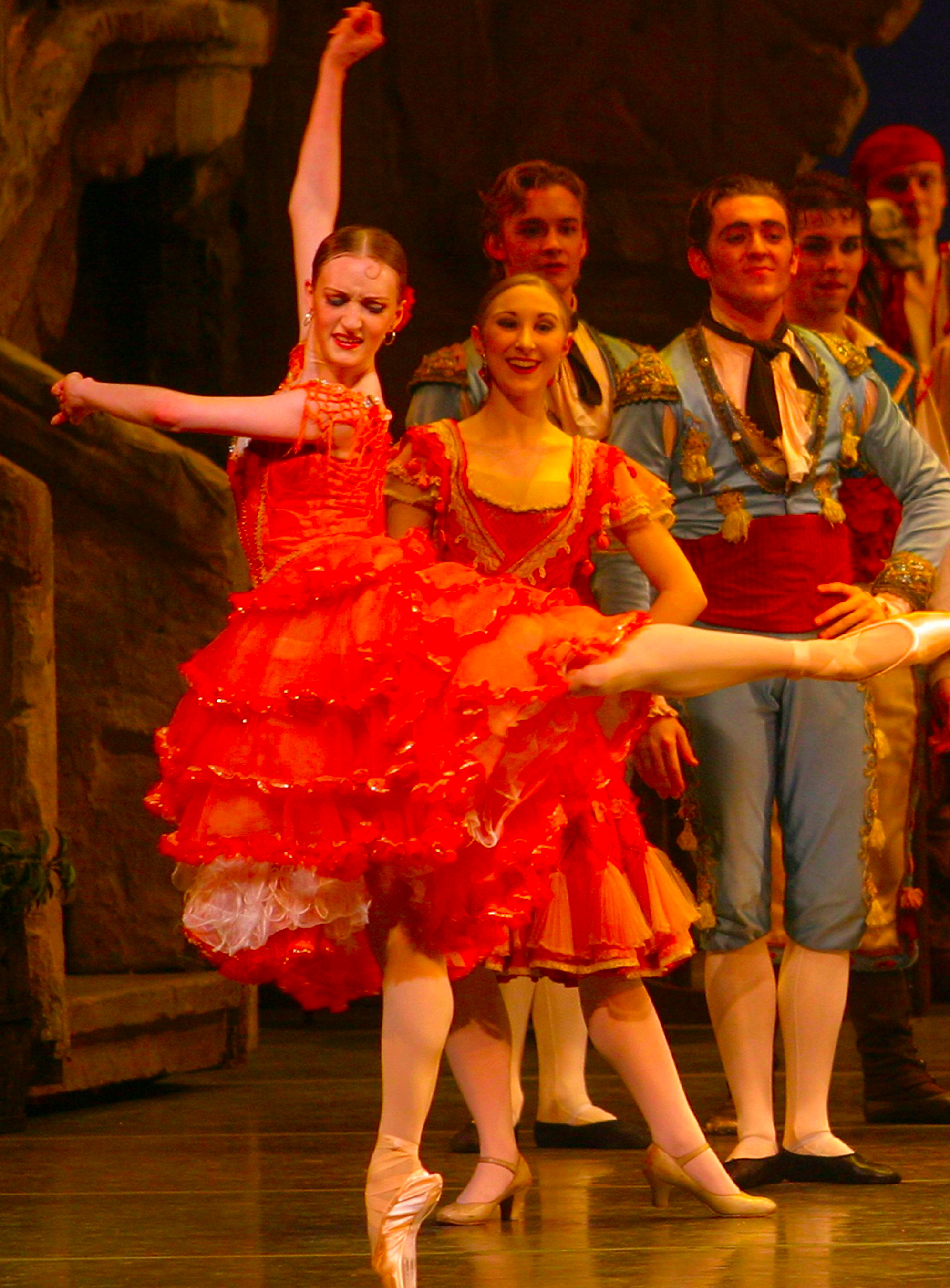
Unlike many dancers, Murphy’s rise to principal dancer was swift. Her dedication and exceptional talent landed her significant roles early in her career. She debuted as Odette and Odile in Swan Lake in 2001, solidifying her position.
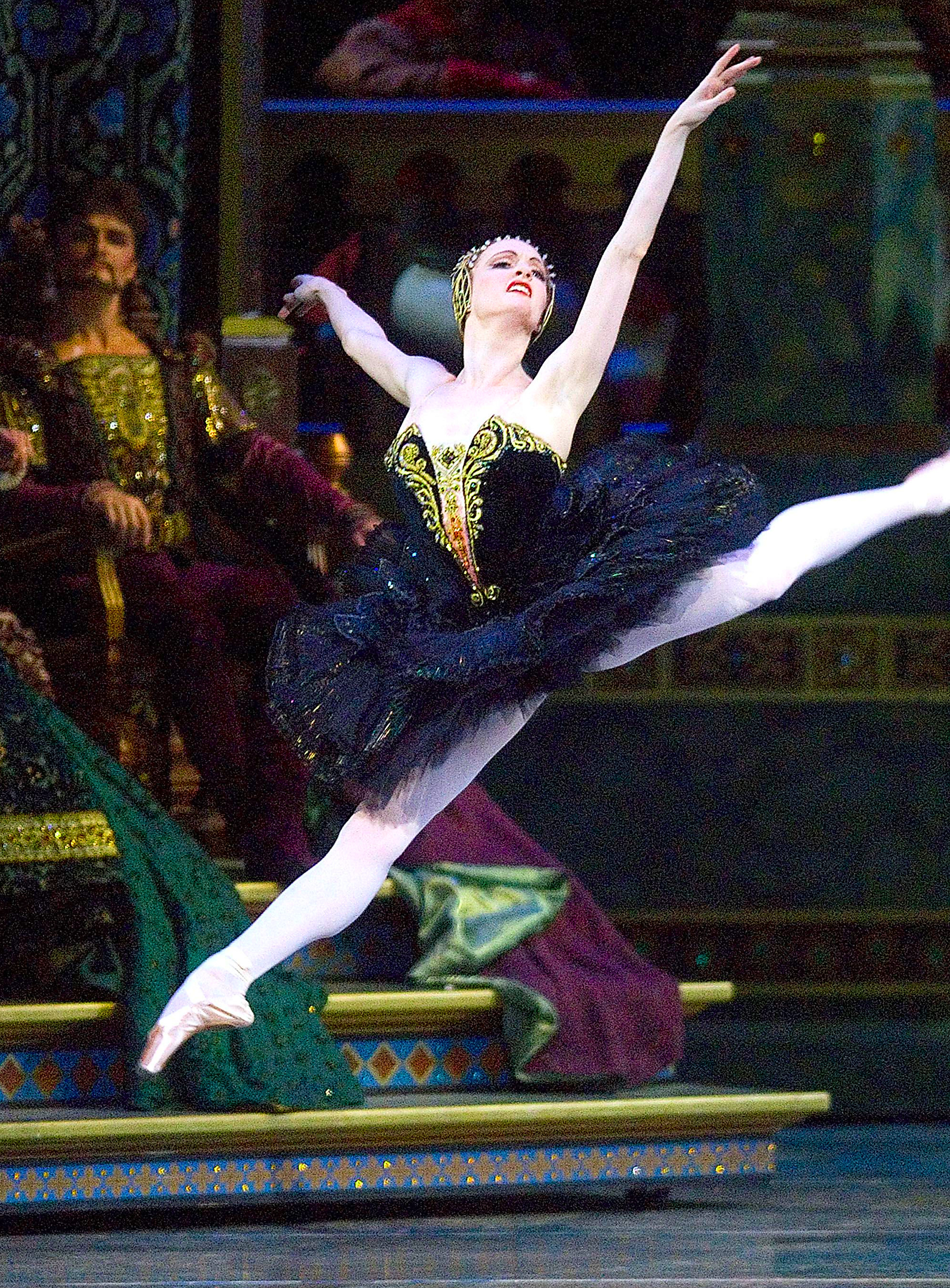
Her performance in ABT’s televised 2005 Swan Lake production became a defining moment. During her time with the Royal New Zealand Ballet, she also starred in a filmed production of Giselle. Former colleagues consistently praised her collaborative spirit and immersive approach to every role.
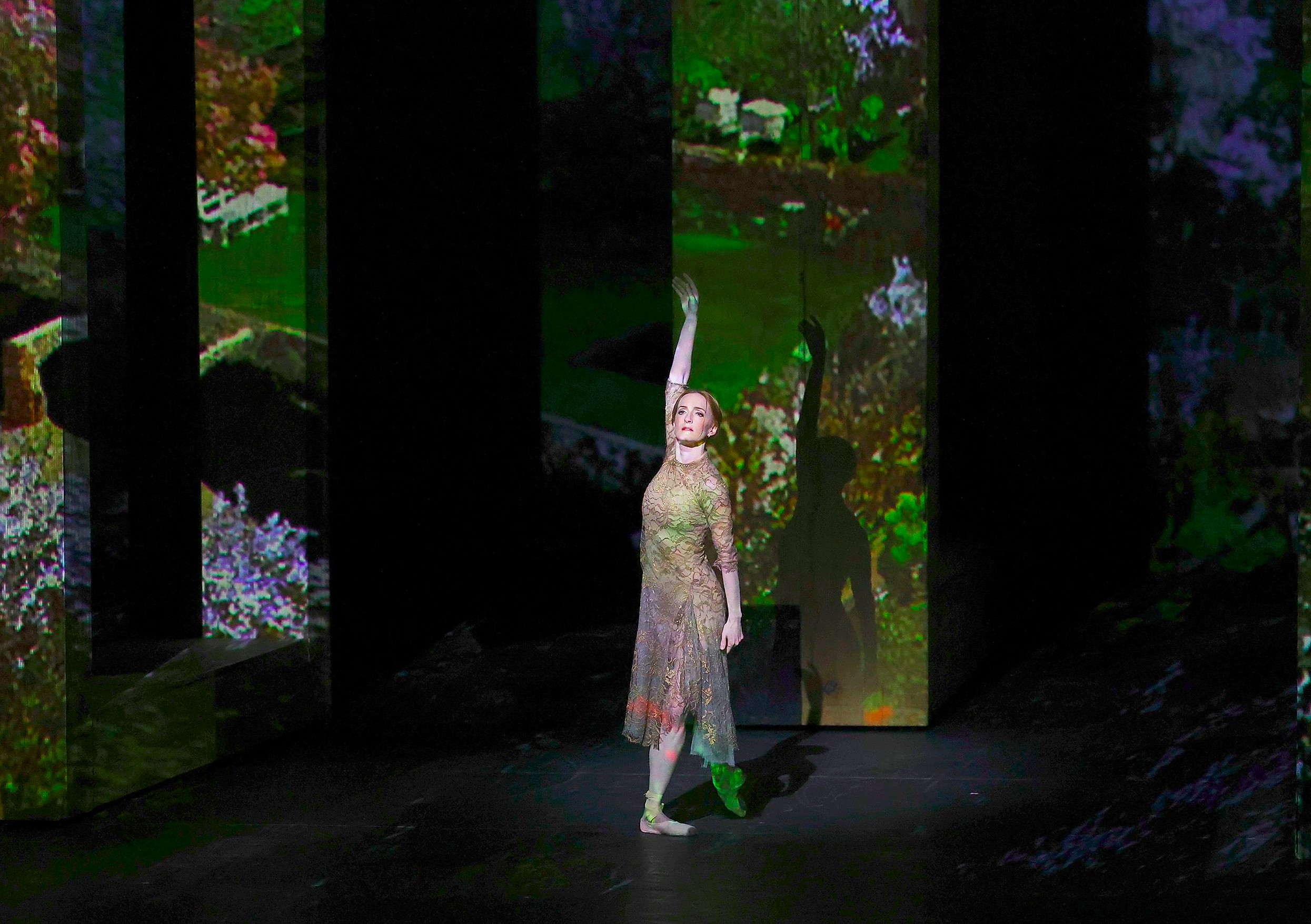
To prepare for her Woolf Works roles, Murphy engaged in extensive research of Virginia Woolf’s works, believing that intellectual engagement enriches her artistic expression.
Murphy’s approach to each role involves a rigorous emotional analysis. She believes understanding the character’s inner workings is crucial for authenticity. Her relationship with the roles in Giselle, for example, evolved over time, mirroring her personal growth.
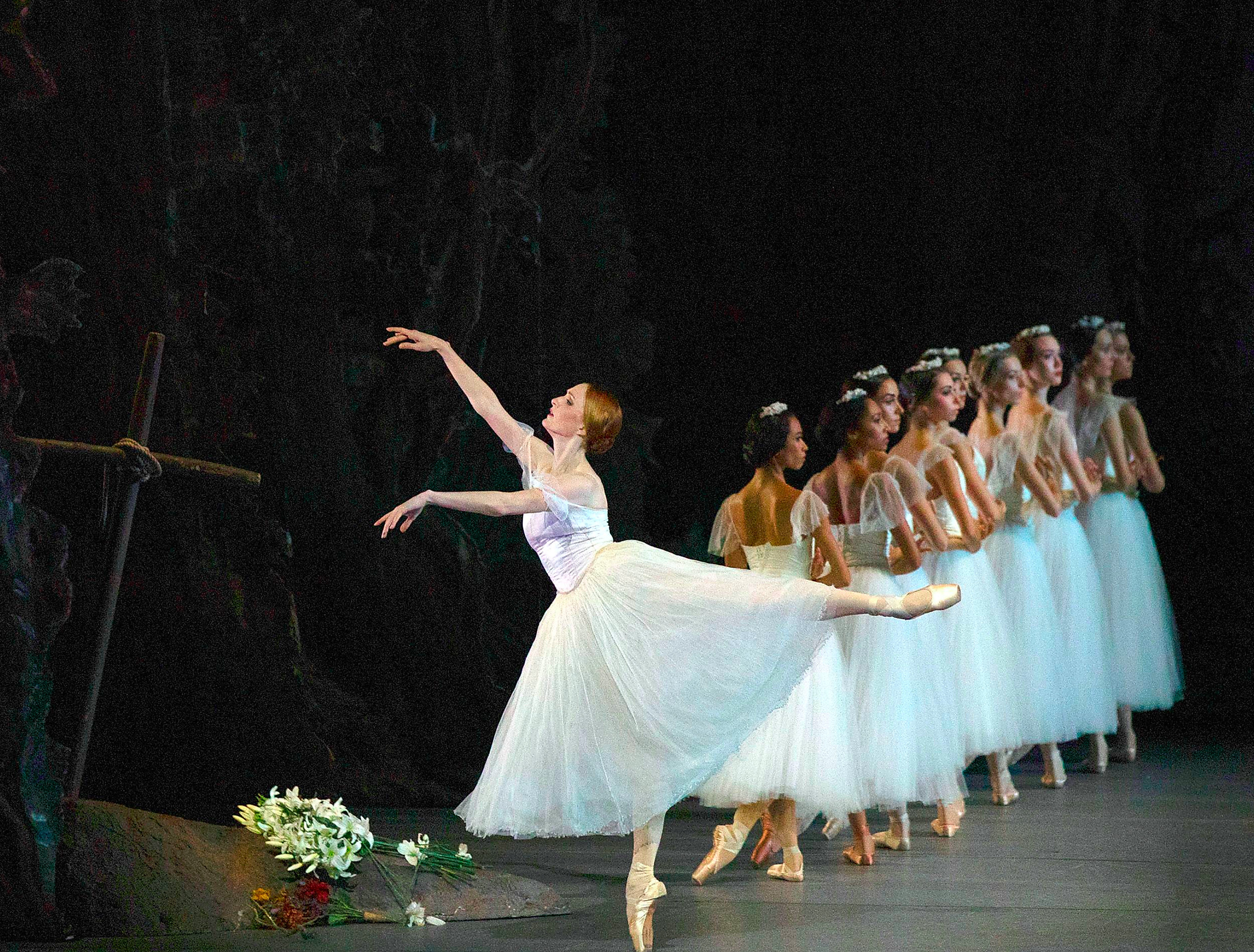
She shared her evolving interpretation of Giselle and Myrtha, noting how her personal experiences shaped her portrayal of each character.
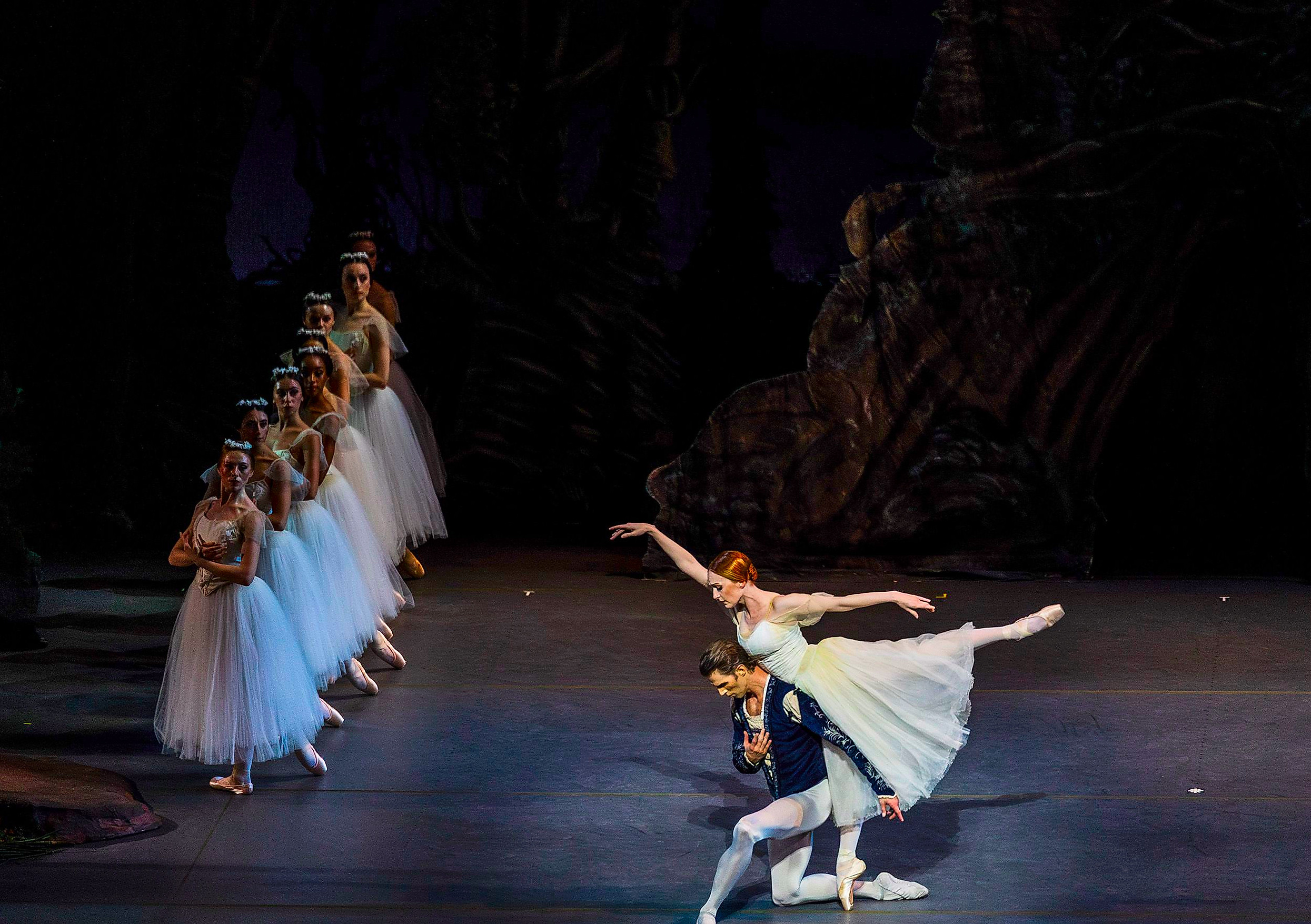
Her relationship with Ethan Stiefel, a fellow dancer, added another layer to her professional and personal life. Their collaboration and mutual respect were evident in their performances. After retirement, Murphy plans to continue her involvement with dance and spend time with her family.
The interview concluded with a heartwarming moment; her son expressed his excitement for his mother’s final performance. The prospect of his participation in the final bow added a touch of lighthearted anticipation to the culmination of her illustrious career.
